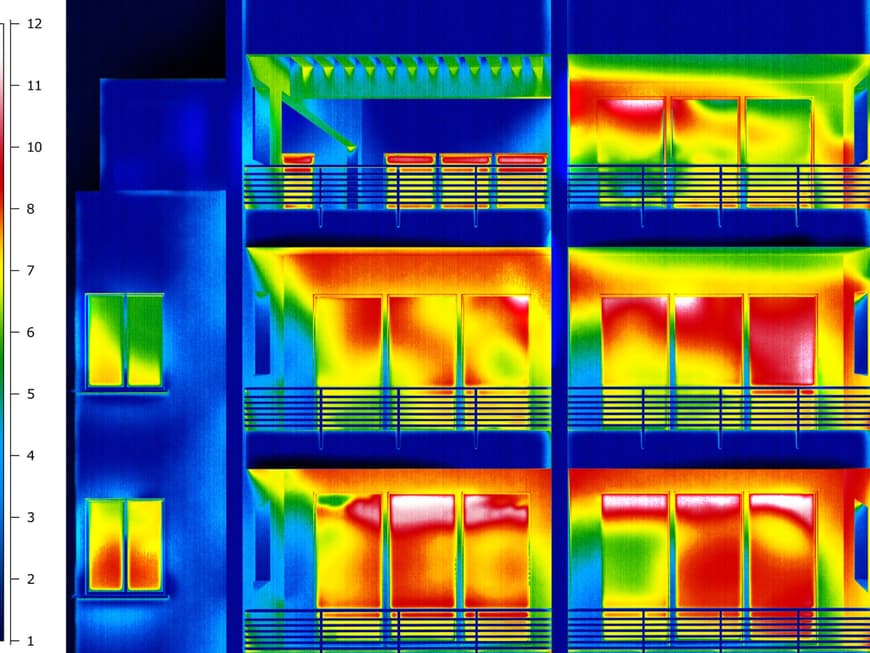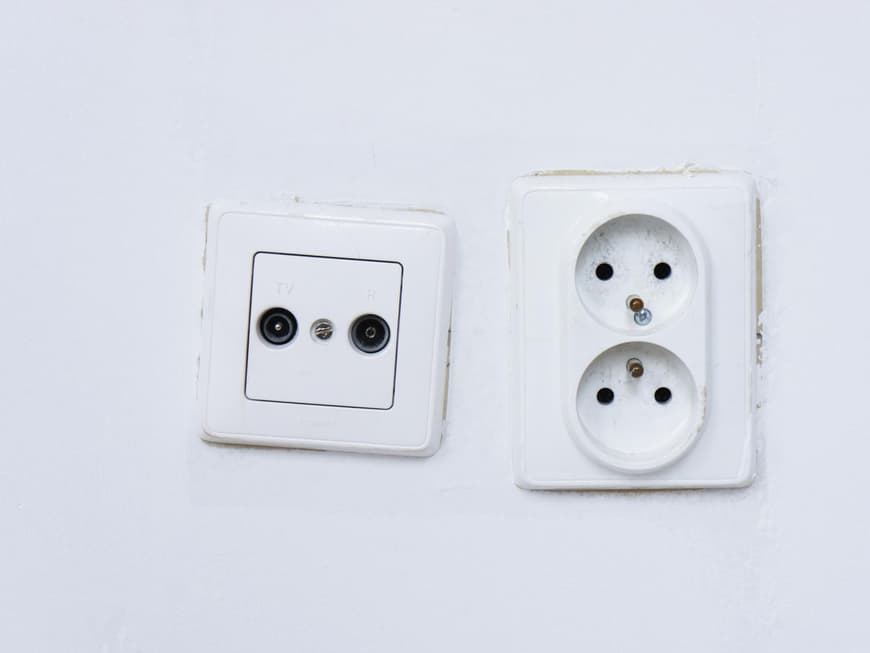It draws like pike soup? There can be many reasons for this. Get to the bottom of it!
When energy is wasted unnecessarily, it's not only annoying, but also harmful to the environment and expensive. Try these tips to ensure that the cozy warm heating air really does stay inside your four walls.
It must be particularly well insulated behind the heating system
1 . wall insulation behind the radiators prevents heat loss. Special radiator heat-reflecting foil (roll from approx. 10 euros) coated with aluminum foil is available at DIY stores. Cut to size and attach behind the radiator with double-sided adhesive tape.
Even if they are small: Think about sockets
2 . old sockets can be a cause of cold draughts in the house. Heat escapes through small holes in the housing and in the wall. This also applies to fuse boxes, cable tunnels and door intercom systems. The only solution is to replace old boxes with airtight installation boxes (from approx. 60 cents, electrical retailers).
Windows and doors often do not close properly
3 . take a close look at the rubber lips of your window seals: If they are porous, seal them with insulation tape (DIY store). A cute draught excluder also helps to keep the cold out. If there is a whistle under the doors, sealing strips with small brushes will help a lot. Trick: Hold a candle against the windows and doors - the flame will show you where there is a strong draught.
The balcony can also cause problems
4. if the balcony door is poorly sealed and only has single glazing, this will cost you energy. It would be best to install (expensive) double-glazed windows. If you are a tenant, you can try thermal window insulation film (around 10 euros): it creates a heat-insulating air cushion.
A thermal camera detects weak points
5 . a thermographic image taken by a specialist (preferably recommended by the consumer advice center) shows where your house loses the most heat. The costs of approx. 50 to 200 euros are worthwhile.


